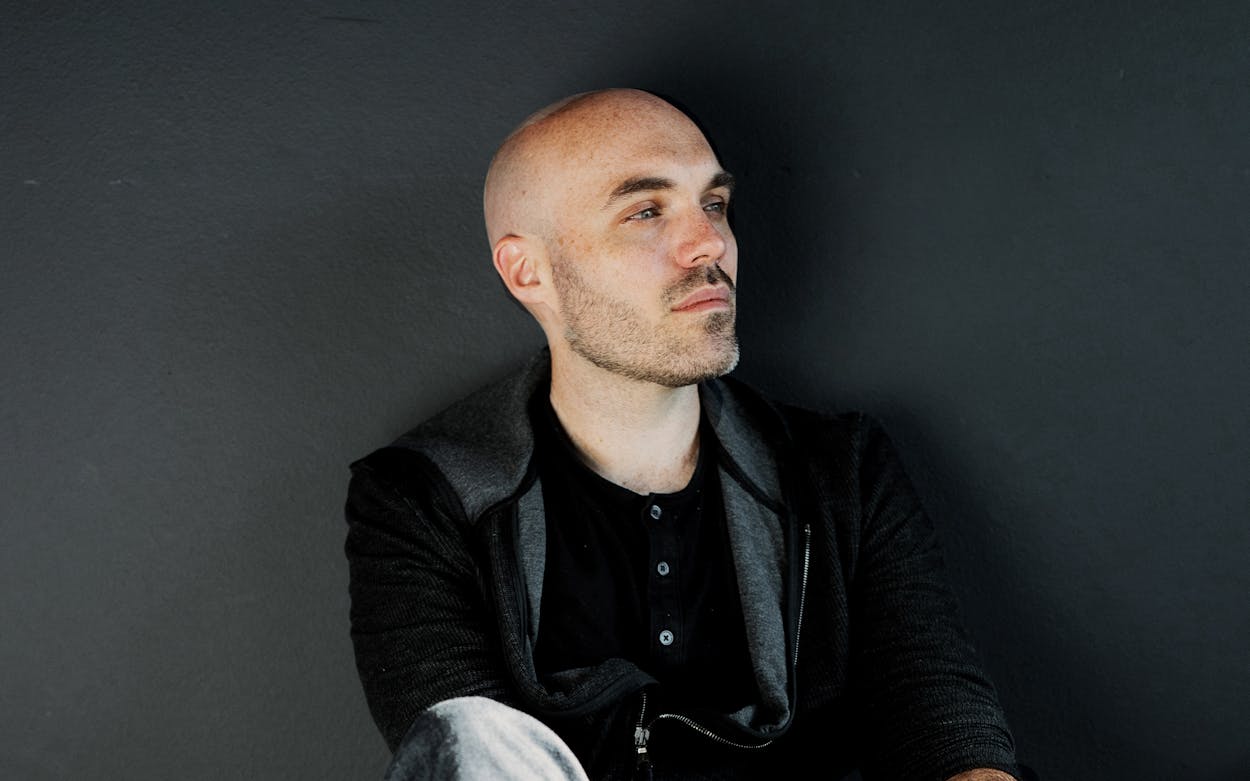As much as the COVID-19 pandemic has become something utterly familiar by now, often just another boring and annoying part of daily life—checking for a mask in my pocket as I leave the house along with my phone, wallet, and keys—my mind is still blown when I’m compelled to think about how it has affected almost every person on the planet. Maybe because life has been so insular this past year and half, with so few unexpected conversations with people from different worlds, the shared global experience of the virus is something I understand on an intellectual level but tend not to process in terms of emotional reality.
That paranoia I felt in March 2020, which made me stock up on canned food and spray disinfectant on my clothes, was also felt by a family in Tehran. The tender pressure on my marriage, of being stuck inside together all the time with nowhere to go, was similar for a couple in Singapore. And so on. The thing that has isolated each of us so much is also an intimate, globally shared experience transcending borders, languages, and lifestyles. That is the profound theme that emerges from The Year of the Everlasting Storm, the new anthology film featuring short works from seven of the world’s most interesting arthouse filmmakers, including Jafar Panâhi of Iran (This Is Not a Film), Apichatpong Weerasethakul of Thailand (Uncle Boonmee Who Can Recall His Past Lives), Laura Poitras of New York City (Citizenfour), and David Lowery of Dallas.
It’s exciting to see Lowery working among this distinguished company. He’s fresh off a critical success with the fantastically unpredictable, psychedelic Arthurian tale The Green Knight. His other best film, A Ghost Story, was ingeniously lo-fi and shot mostly in one location, telling the tale of a bedsheet ghost who haunts the house he once shared with his wife. One of the rules set out by the producers of The Year of the Everlasting Storm was that the short films should be shot where the filmmaker was self-isolating, without bringing in much help from the outside world. (Some contributors broke this rule more than others did.) Lowery, whose single-set 2011 short film Pioneer (watch it here) is one of the best I’ve ever seen, would seem to be uniquely cut out for this kind of filmmaking effort, and it’s a nice honor for him to be included.
Read More: Lowery’s The Green Knight Is a Gorgeously Knotty Myth About Going to Meet Death
As it turns out, Lowery’s segment of The Year of the Everlasting Storm—which debuted at the Cannes Film Festival, is currently in theaters, and will be available to stream October 5—is hard to parse. Titled “Dig Up My Darling,” it concerns an unnamed woman (Catherine Machovsky) who seems to live in her truck and who embarks on a journey based on a series of old letters she retrieves from a storage facility. The letters are from someone (an ancestor?) who lost a child during another pandemic, seemingly the 1918 flu. Austin musician Bill Callahan, an indie icon for the folky, introspective set, provides the voice-over narration for the letters. Eventually, they build to a plea to rebury the dead child. Here, things begin to turn supernatural, and we hear the child’s voice come alive as he is disinterred by the woman.
Aside from drawing the obvious connections between the two pandemics, what is Lowery’s point here? Is it about how one pandemic encourages us to listen to the ghosts of the last one? This was true for me—I was moved to read up on the 1918 flu, including Katherine Anne Porter’s Pale Horse, Pale Rider, in the spring of 2020. But, for me, Lowery’s film did not land on an emotional epiphany about death or courage or impermanence or American history the way his best films have. I felt more a sense of bafflement.
Even so, Lowery’s short adds an interesting texture to The Year of the Everlasting Storm, something less inverted and more wide open. Texans had a different experience of the pandemic than people in big, car-averse cities like New York and Singapore. Even during the height of the first-wave lockdown, when most businesses were closed, a lot of us were still driving around, avoiding other people (as does the protagonist of “Dig Up My Darling”) but open to going on a mission of some sort.
The best reason to see Year of the Everlasting Storm is the first segment, by Panâhi, which is shot in documentary style and involves a surprise visit from his extremely charismatic elderly mother during the lockdown. Another heartbreaking entry, by Anthony Chen, tracks the breakdown of a marriage as a couple struggles to balance working from home and caring for their child. The Poitras piece will appeal to those who already admire her films about Edward Snowden and Julian Assange. She deftly links the paranoia of the pandemic era to the already existing sense of government and corporate surveillance closing in on us. Other segments add to the diversity of perspectives, including those of a Black father in California whose kids are in foster care and a Chilean mother who looks after a wayward adult daughter while unable to visit her other daughter, who’s about to have a child.
In future years, we’ll have much more to discuss when we talk about the cinema of the coronavirus pandemic. Year of the Everlasting Storm is just the beginning. It’s an auspicious one, if occasionally uneven.






